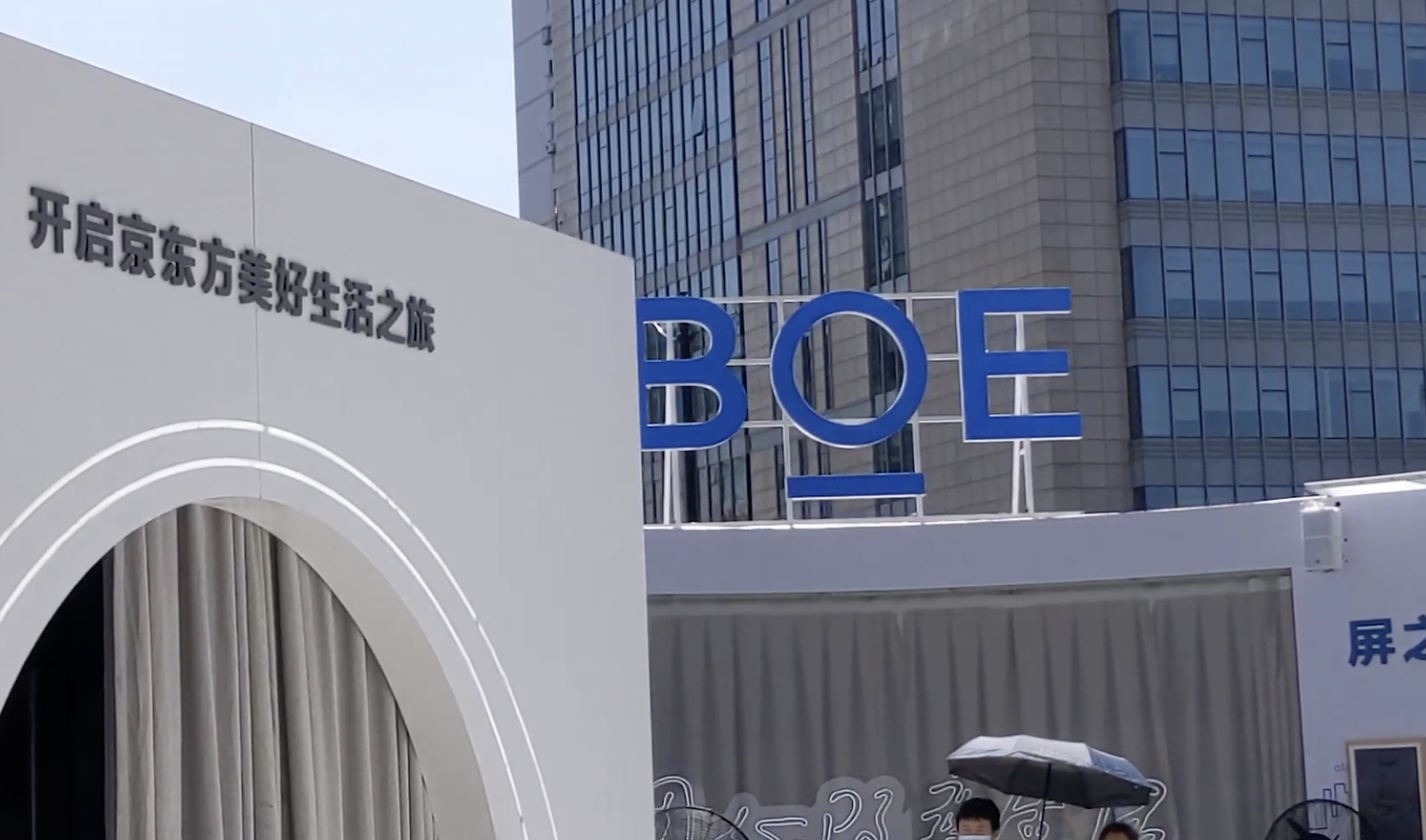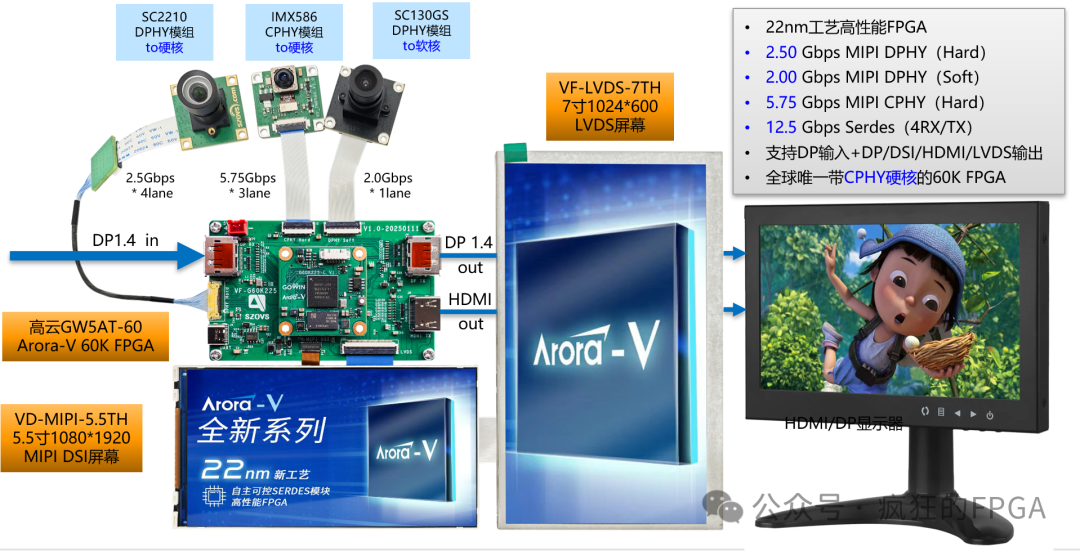
(JW Insights) May 4 -- BOE Technology (京东方), a leading Chinese display panel maker, is doubling down on next-generation display technologies, including organic light-emitting diode (OLED) displays and micro/mini light-emitting diodes displays, reported China Daily on May 4.
The company is also expanding its presence in the emerging sectors of wearable devices, virtual reality, augmented reality and vehicle-mounted systems.

Si Da, vice-president and chief brand officer of BOE, said the company will step up its push in sensors and solutions, the internet of things and intelligent healthcare, as well as promote the integration of artificial intelligence, big data and 5G with semiconductor display technologies.
Si added that BOE has invested heavily in fundamental and forward-looking technologies, with research and development spending accounting for 7 percent of its total revenue each year.
Currently, BOE has established 17 intelligent semiconductor display production lines across the country and has built China's first flexible OLED industrial clusters, covering three flexible active-matrix organic light-emitting diodes or AMOLED production lines located in Chengdu and Mianyang in southwestern China's Sichuan Province, and Chongqing City.
Chen Yanshun, chairman of BOE, estimated that the global panel sector will witness a growth recovery this year. He said its OLED panels shipments reached nearly 80 million units last year, with the figure expected to increase to 120 million units in 2023.
Statistics from Sigmaintell Consulting, a Beijing-based market research firm, show that BOE topped the domestic market with flexible OLED panel shipments of about 60 million units in 2021, up nearly 60 percent year-on-year, making it the world's second-largest OLED maker next to South Korea's Samsung display.
Chen Jun, vice-president and chief analyst of Sigmaintell, estimates that shipments of flexible OLED panels used for smartphones in China will surpass 220 million units in 2023, an increase of nearly 40 percent year-on-year.
Domestic display manufacturers are expected to account for a 38 percent share in the global smartphone OLED panel market this year, up 10 percentage points from a year ago, Chen said.
Chinese smartphone makers, such as Huawei and Xiaomi, have adopted flexible OLED panels from homegrown display panel suppliers in their latest handsets, buoyed by the maturity of OLED technology and continuous decline in production costs.
Zhou Hua, chief analyst at CINNO Research, a Chinese flat panel display consultancy firm, noted that China will overtake South Korea to become the biggest OLED manufacturer by 2024, as more Chinese companies have invested large sums of money into new production lines.
Zhou said that at present, China has become the world's largest display panel producer and is expected to account for about 76 percent of the global OLED production capacity by 2025.
IDC's recent reports predicted that the year 2023 will bring a 55.1 percent growth for foldable phones with continued double-digit growth throughout the forecasted period.
Li Yaqin, general manager of Sigmaintell, said demand for flexible OLED panels used in foldable smartphones will continue to rise on the back of 5G commercial applications. Panel makers should further improve their yield rate capacities and reduce production costs.
Li added, "The penetration rate of OLED displays in the mobile market is expected to reach 50 percent by 2024," according to the China Daily report.
(Chen HX)









